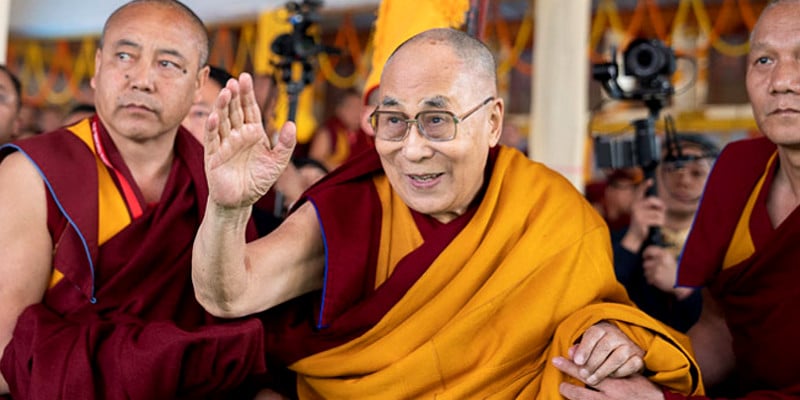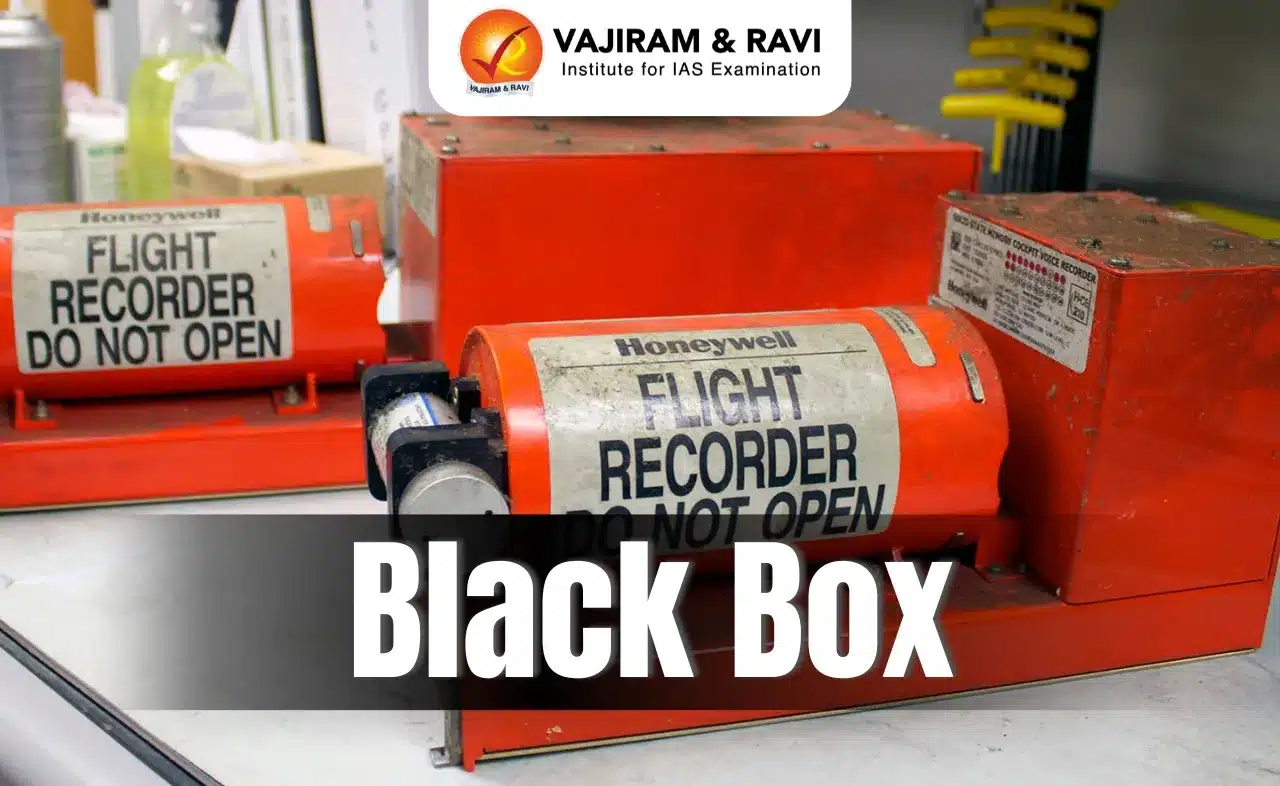About Tibetan Buddhism:
- Buddhism originated in India and became the predominant religion in Tibet by the 9th century AD.
- It evolved from the Mahayana and Vajrayana traditions of Buddhism, incorporating many tantric and shamanic practices of both post-Gupta period Buddhism in India.
- Tibetan Buddhism also incorporates the Bon religion which was spread across Tibet before Buddhism’s arrival.
- Tibetan Buddhism has 4 major schools: Nyingma (8th century), Kagyu (11th century), Sakya (1073) and Gelug (1409)
- The Janang school (12th century) is one of the smaller schools that grew as an offshoot of the Sakya school.
What is Gelug School?
- Since 1640, the Gelug School has been the predominant school of Tibetan Buddhism.
- The Dalai Lama belongs to Gelug School (‘Dalai’ means ‘ocean’ in Mongol).
- The Dalai Lama is the foremost spiritual and temporal authority of Tibet.
- The 5th grand lama of the school, Ngawang Lobsang Gyatso, was first conferred the title of Dalai Lama.
- To consolidate his rule, he instituted the tradition of succession through reincarnation in the Gelug School.
- He claimed to be the reincarnation of Avalokiteshvara, one of the most important Bodhisattvas in Mahayana traditions.
Q1) What is the Nyingma School of Buddhism?
The Nyingma School is also called Nyingmapa, is the oldest of the schools of Tibetan Buddhism. It was established in Tibet during the reign of the Emperor Trisong Detsen (742-797 CE), who brought the tantric masters Shantarakshita and Padmasambhava to Tibet to teach and to found the first Buddhist monastery in Tibet.
Source: The question of the Dalai Lama’s succession: what tradition says and Chinese interference
Last updated on June, 2025
→ UPSC Notification 2025 was released on 22nd January 2025.
→ UPSC Prelims Result 2025 is out now for the CSE held on 25 May 2025.
→ UPSC Prelims Question Paper 2025 and Unofficial Prelims Answer Key 2025 are available now.
→ UPSC Calendar 2026 is released on 15th May, 2025.
→ The UPSC Vacancy 2025 were released 1129, out of which 979 were for UPSC CSE and remaining 150 are for UPSC IFoS.
→ UPSC Mains 2025 will be conducted on 22nd August 2025.
→ UPSC Prelims 2026 will be conducted on 24th May, 2026 & UPSC Mains 2026 will be conducted on 21st August 2026.
→ The UPSC Selection Process is of 3 stages-Prelims, Mains and Interview.
→ UPSC Result 2024 is released with latest UPSC Marksheet 2024. Check Now!
→ UPSC Toppers List 2024 is released now. Shakti Dubey is UPSC AIR 1 2024 Topper.
→ Also check Best IAS Coaching in Delhi






















